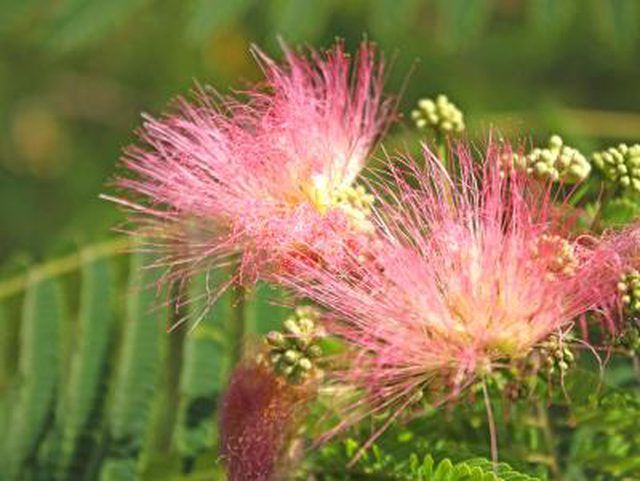Bulbs
Flower Basics
Flower Beds & Specialty Gardens
Flower Garden
Garden Furniture
Garden Gnomes
Garden Seeds
Garden Sheds
Garden Statues
Garden Tools & Supplies
Gardening Basics
Green & Organic
Groundcovers & Vines
Growing Annuals
Growing Basil
Growing Beans
Growing Berries
Growing Blueberries
Growing Cactus
Growing Corn
Growing Cotton
Growing Edibles
Growing Flowers
Growing Garlic
Growing Grapes
Growing Grass
Growing Herbs
Growing Jasmine
Growing Mint
Growing Mushrooms
Orchids
Growing Peanuts
Growing Perennials
Growing Plants
Growing Rosemary
Growing Roses
Growing Strawberries
Growing Sunflowers
Growing Thyme
Growing Tomatoes
Growing Tulips
Growing Vegetables
Herb Basics
Herb Garden
Indoor Growing
Landscaping Basics
Landscaping Patios
Landscaping Plants
Landscaping Shrubs
Landscaping Trees
Landscaping Walks & Pathways
Lawn Basics
Lawn Maintenance
Lawn Mowers
Lawn Ornaments
Lawn Planting
Lawn Tools
Outdoor Growing
Overall Landscape Planning
Pests, Weeds & Problems
Plant Basics
Rock Garden
Rose Garden
Shrubs
Soil
Specialty Gardens
Trees
Vegetable Garden
Yard Maintenance
Facts on Chocolate Mimosa Tree
Facts on Chocolate Mimosa Tree. Mimosa trees (Albizia julibrissin) produce ferny foliage and sweetly scented blooms, which attract hummingbirds and butterflies. The leaves of chocolate mimosa (Albizia julibrissin “Summer Chocolate”) turn a luscious mahogany color when the tree is grown in full sun.

Mimosa trees (Albizia julibrissin) produce ferny foliage and sweetly scented blooms, which attract hummingbirds and butterflies. The leaves of chocolate mimosa (Albizia julibrissin "Summer Chocolate") turn a luscious mahogany color when the tree is grown in full sun.
Pretty But Tough
Also called silk tree, a mimosa looks delicate, but it is a drought-tolerant, fast-growing trees that grows in U.S. Department of Agriculture plant hardiness zones 7 through 10. Chocolate mimosa grows 20 feet tall and 15 feet wide and has a wide, umbrella-shaped canopy. It provides dappled shade and a tropical look.
Take Good Care
Soak young trees weekly to establish a strong root system. Prune out brittle or crossing branches. Mimosas litter the ground with fallen blossoms, leaves, twigs and seedpods, so keep your rake handy for what will become an ongoing chore. Pull up seedlings so your yard isn't overrun by this invasive plant. Chocolate mimosa is a natural variant, so its seeds are viable. Do not plant it if you live in an area where it's considered invasive.